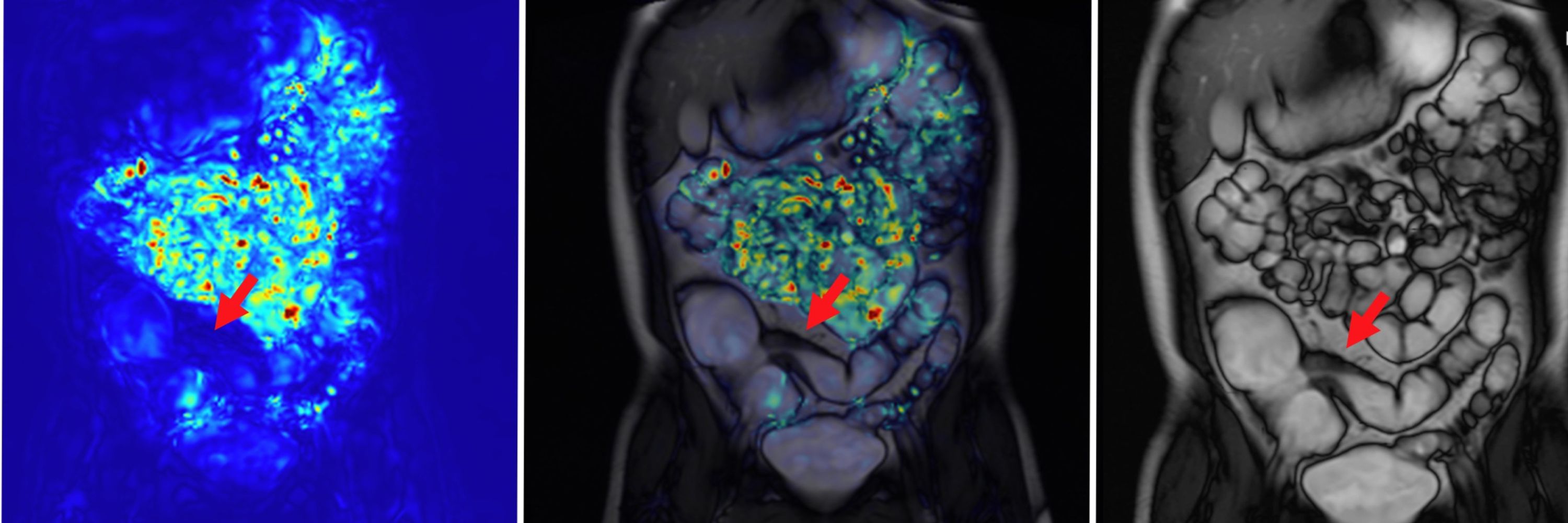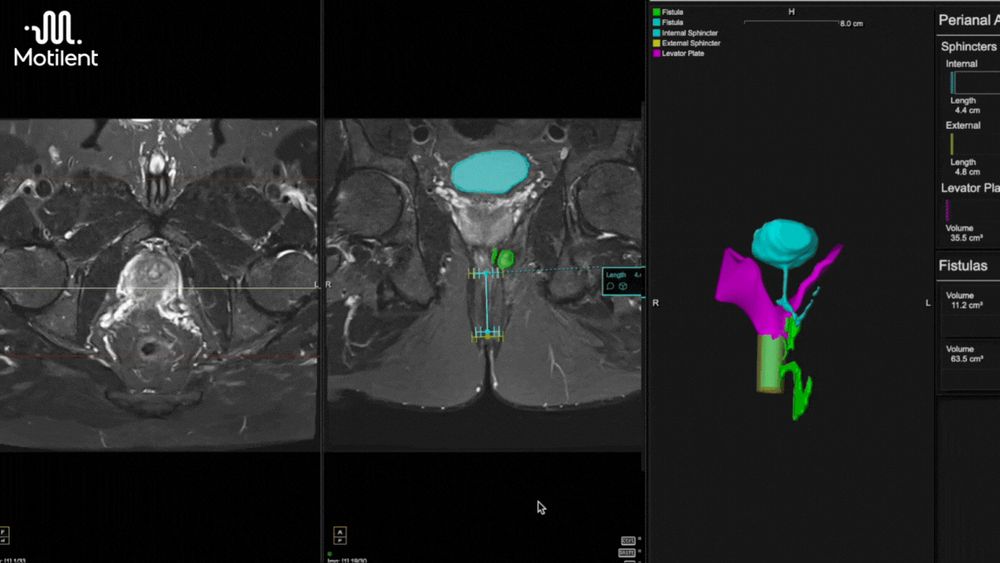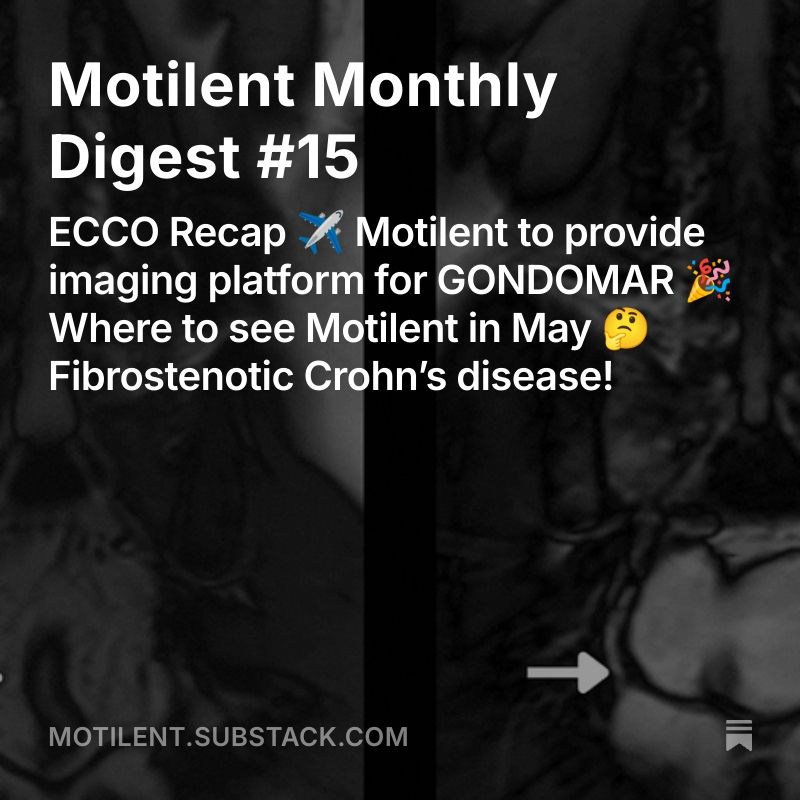Motilent
@motilent.bsky.social
220 followers
83 following
130 posts
Delivering innovative services for quantitive investigation of the gut.
Email: [email protected]
Posts
Media
Videos
Starter Packs
Motilent
@motilent.bsky.social
· Jun 11
Motilent
@motilent.bsky.social
· Jun 11
Motilent
@motilent.bsky.social
· Jun 11
Motilent
@motilent.bsky.social
· Apr 14
Motilent
@motilent.bsky.social
· Apr 14
Motilent
@motilent.bsky.social
· Apr 9
Reliability of MR Enterography Features for Describing Fibrostenosing Crohn Disease | Radiology
Stricture length, maximal stricture wall thickness, and maximal associated small bowel dilation at MR enterography can reliably assess Crohn disease stricture severity and serve as eligibility and ...
pubs.rsna.org
Motilent
@motilent.bsky.social
· Apr 9
Motilent
@motilent.bsky.social
· Apr 9
Motilent
@motilent.bsky.social
· Apr 9
Motilent
@motilent.bsky.social
· Apr 9











